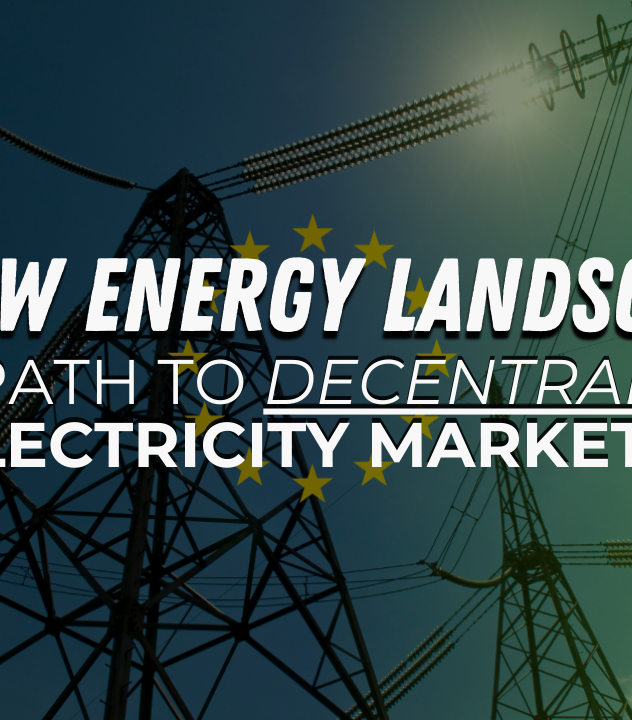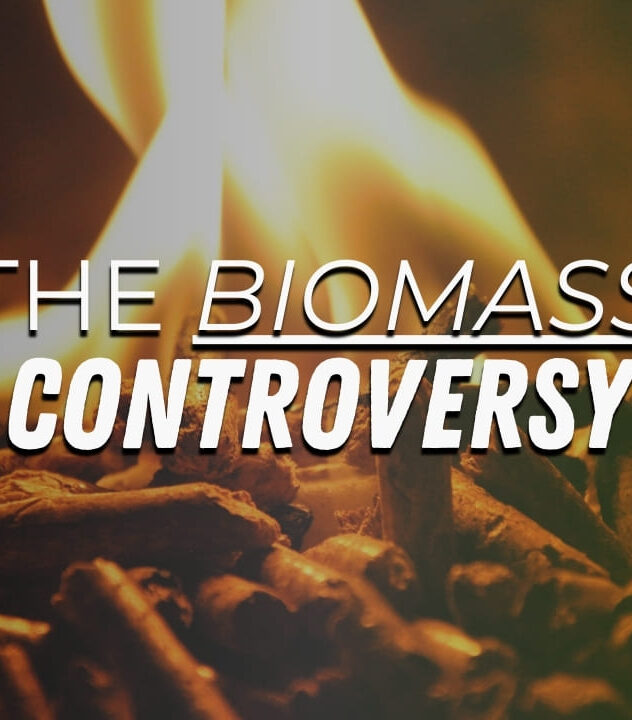
From Commodity to Service: The Evolution of Energy with EaaS
In recent years, the Energy-as-a-Service (EaaS) model has been gaining significant traction, making significant changes in the traditional energy sector, where energy used to be treated as a commodity – something that consumers and businesses purchase and use, typically paying based on the amount consumed (like electricity or gas).
So What is Energy-as-a-Service (EaaS)?
The shift “to Service” indicates a move towards a model where energy is not just sold as a product (a commodity) but provided as a service.
This implies a more comprehensive approach, where the focus is not just on the energy itself but on how it is managed, delivered, and optimized for the consumer’s specific needs, providing holistic energy solutions.
EaaS emphasizes offering outcomes and experiences tailored to customer needs rather than just selling units of energy.
Under EaaS, customers don’t just buy kilowatt-hours of electricity or cubic meters of gas. Instead, they engage in a service agreement where the provider might offer energy supply, energy efficiency solutions, renewable energy integration, and even maintenance and management of energy systems — all tailored to the customer’s requirements.
Development of EaaS
EaaS is developed through a combination of innovative technologies, financing models, and customer-centric services.
It involves the integration of various energy solutions like solar PV power purchase agreements, energy service performance contracts, and deregulated electricity market retail brokerage services. Advanced technologies, such as smart meters and IoT devices, play a crucial role in monitoring and managing energy consumption more efficiently.
Benefits of EaaS
Cost-Effectiveness: EaaS offers a more economical approach to energy consumption, eliminating the need for upfront capital investment in energy infrastructure.
Customization: Tailored solutions based on specific energy consumption patterns and needs of the consumer.Sustainability: EaaS facilitates the integration of renewable energy sources, promoting environmental sustainability.
Advanced Technology: Utilization of smart technologies for better energy management and reduced waste.
Flexibility and Scalability: Ability to adapt to changing energy needs and scalability for different sizes of businesses or communities.
Market Growth and Potential:
According to the Global “Energy as a Service Market” New Research Insight Report 2024-2031, the global EaaS market was valued at USD 91,645.41 million in 2022, with an expected CAGR of 15.06%, reaching USD 212,602.26 million by 2028. This growth signifies a substantial shift in how energy is perceived and consumed.
Answering the #EngineeringTriviaThursday Question on Linkedin:
What is Energy-as-a-Service? (EaaS)
a) Buying efficient appliances
Incorrect: Buying efficient appliances is more about purchasing energy-efficient products rather than a service model. EaaS is not about the one-time purchase of goods; it’s about providing a comprehensive service that includes the management, supply, and optimization of energy usage. EaaS encompasses a broader range of services beyond just providing efficient appliances.
b) Metered energy selling
Incorrect: Metered energy selling refers to the traditional model of selling energy based on consumption, measured by a meter. EaaS, however, is not just about selling energy based on usage. Instead, it’s a more holistic approach that includes offering energy solutions, maintenance, and management services, often incorporating sustainable and renewable energy sources, without necessarily focusing solely on the volume of energy consumed.
c) Renewable energy advice
Incorrect: While providing advice on renewable energy can be part of an EaaS offering, it’s too narrow a definition. EaaS is a comprehensive model that includes not just advice but also the implementation, management, and financing of energy solutions. It covers a wide range of services from strategy and program management to the deployment and maintenance of energy assets. Offering renewable energy advice is just one aspect of the broader EaaS model.
d) No upfront capital service
Correct: EaaS allows customers to access energy services and infrastructure without the need for upfront capital investment. This model includes the design, installation, operation, and maintenance of energy systems, often coupled with performance guarantees. Customers pay for the service, not the hardware, avoiding the high initial costs associated with energy projects. This approach enables more businesses and consumers to adopt advanced, sustainable energy solutions.
For decision-makers in industries seeking to stay ahead of the curve, embracing Energy-as-a-Service is a strategic move. It’s an opportunity to leverage the latest in energy innovation, align with sustainability goals, and optimize energy usage for long-term benefits.
Stay tuned with us for more insights into the evolving world of energy and discover how SCIVEN EaaS can transform the new energy landscape and your business.






Leave a Reply